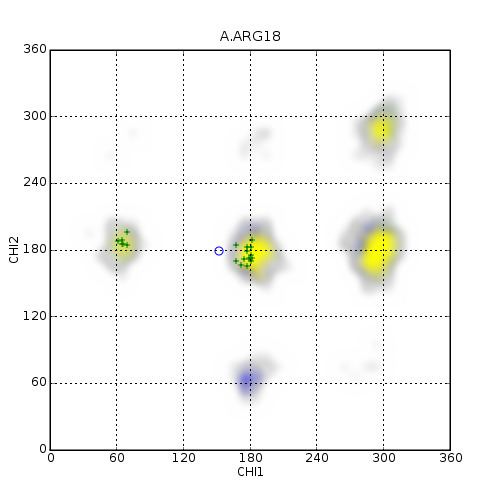 | ||
In biomolecular structure, CING stands for the Common Interface for NMR structure Generation and is known for structure and NMR data validation.
Contents
NMR spectroscopy provides diverse data on the solution structure of biomolecules. CING combines many external programs and internalized algorithms to direct an author of a new structure or a biochemist interested in an existing structure to regions of the molecule that might be problematic in relation to the experimental data.
The source code is maintained open to the public at Google Code. There is a secure web interface iCing available for new data.
Applications
Validated NMR data
Software
Following software is used internally or externally by CING:
Algorithms
Funding
The NRG-CING project was supported by the European Community grants 213010 (eNMR) and 261572 (WeNMR).
